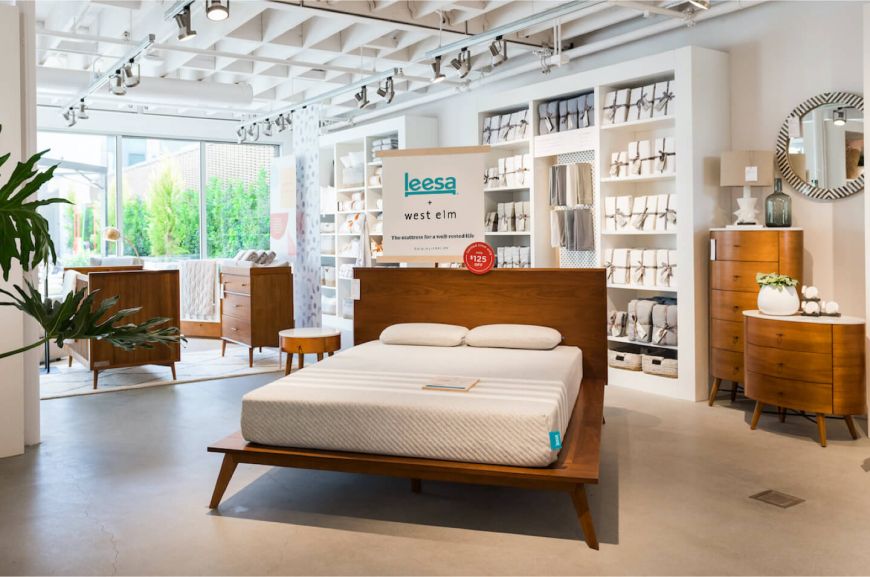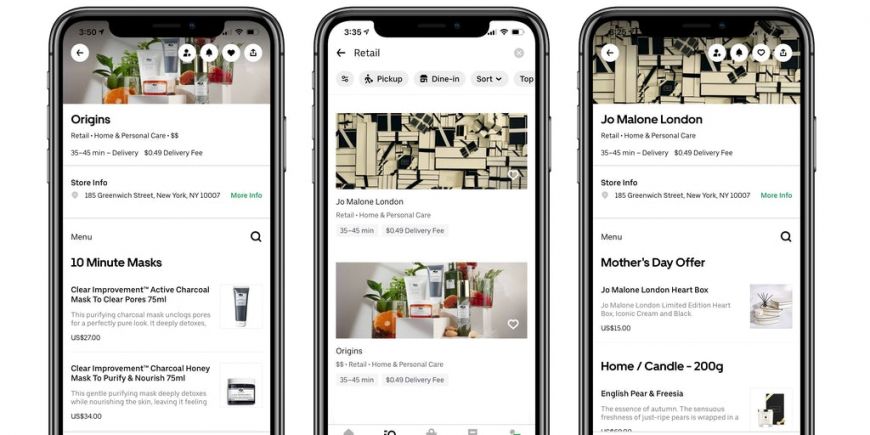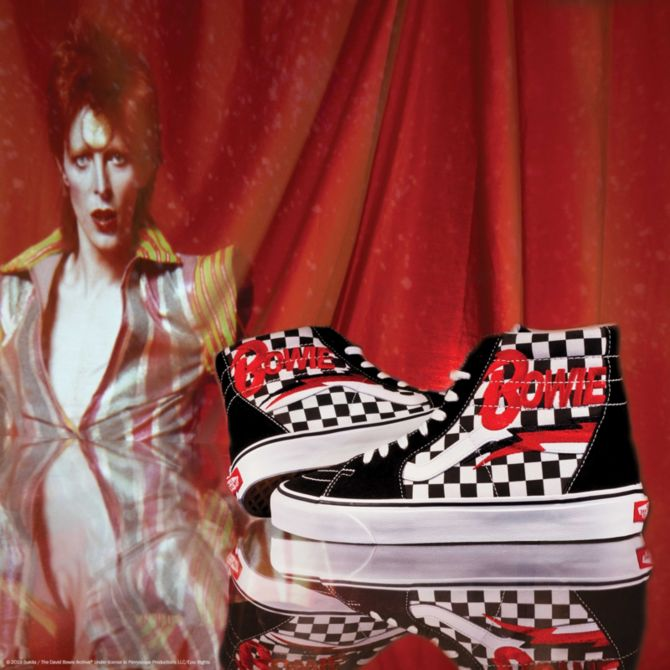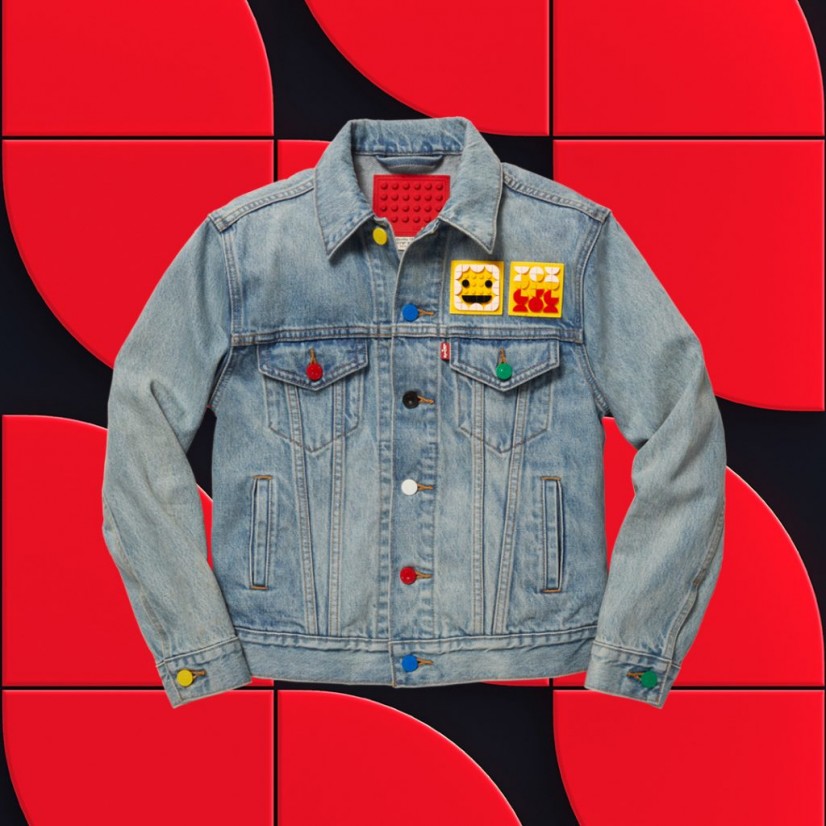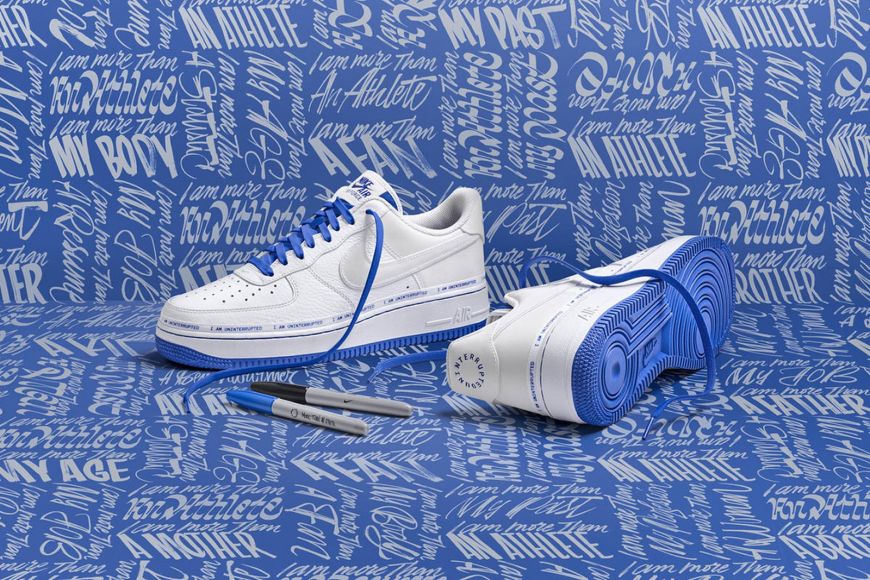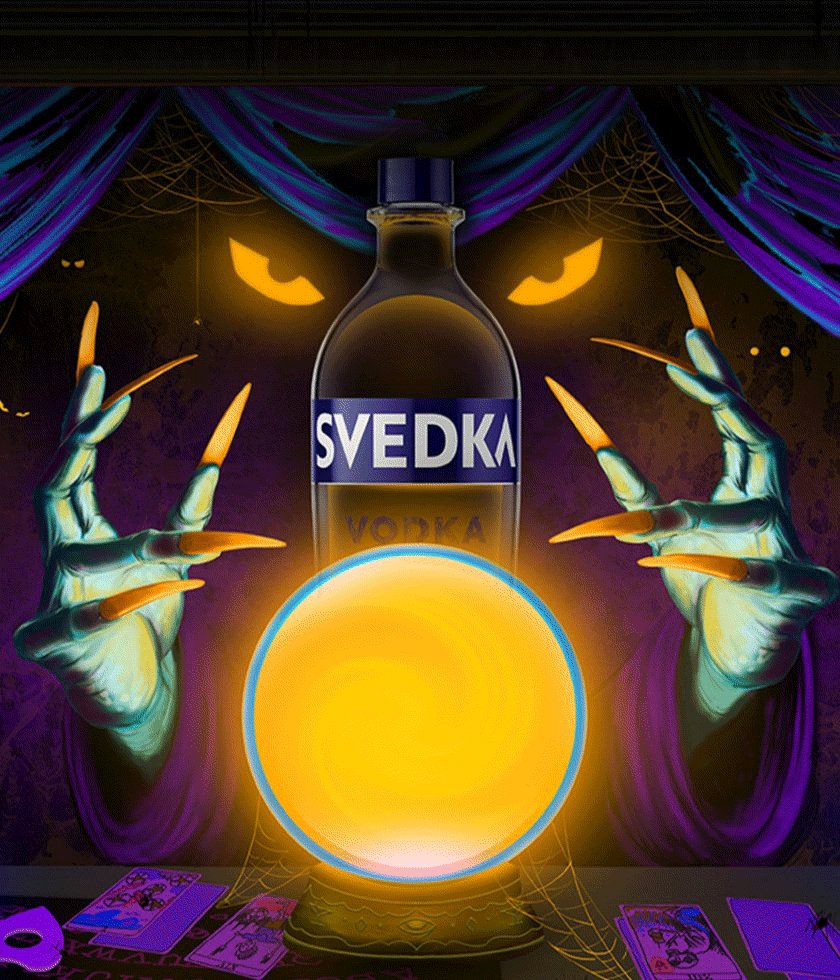Smart brand partnerships are a win for companies and consumers.
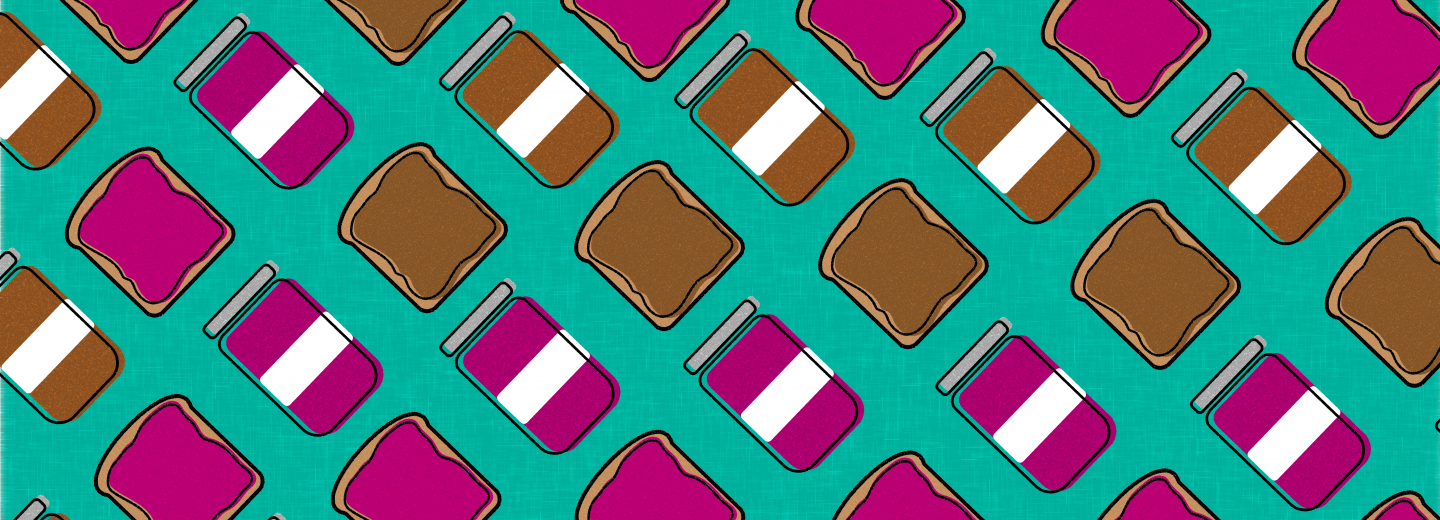
When two things come together to make something even more special, you’ve got a great partnership on your hands. Peanut butter and jelly. Abbott and Costello. Robert Plant and Jimmy Page. Amazing alone, but even better together.
In the world of marketing, brands partner up for this reason, and many more. Number one: you immediately leverage the equity and loyalty of the other brand. Suddenly, you’re able to deliver your message (and sell your products) to a whole new audience. If you’ve played your cards right, and partnered up with a company that has a similar look and overlapping offerings, you can count on adopting these fans as your own. Number two: you get the opportunity to add dimensionality to your brand story. Many brands are operating in a pretty narrow narrative. When you join forces with another brand, the new platform provides the opportunity to shift your story. And finally, these partnerships are great for consumers. Many times, they add value or an experience that was impossible before.
Leesa x West Elm
Leesa, the mattress company, is a D2C business with no retail space. To allow their consumers to try the mattresses IRL, they partnered with West Elm, who showcases the mattresses with their bedroom furniture. Now, if you’re considering a Leesa, you can go to the store and roll around before you buy. That’s a win for Leesa (who gained retail space and access to loyal West Elm consumers), a win for West Elm (who may sell a bed frame or more to the Leesa-curious shopper), and a win for the consumer (who gets a discount if they buy the mattress in store).
Estée Lauder x Uber
Another partnership that has taken shape over the last few months (somewhat sparked by the COVID demand for quick and easy online shopping and delivery), is Estée Lauder x Uber. Today, consumers are back in stores, but online shopping has continued on its upward trajectory. Seeking to meet the growing consumer expectation of immediate gratification, the upscale beauty company has partnered up with Uber for delivery of two of their brands — Jo Malone and Origins, which can now be delivered to consumers on the same day via Uber Eats and Postmates in over 20 cities across the country. Talk about immediate gratification.
Vans x David Bowie
One way to create real buzz with a “get it while it’s hot” factor, is with a limited-time partnership. A great example of this in the last few years was the Vans x David Bowe collection, which paid homage to the late icon with shoes and apparel inspired by his sartorial legacy and legendary album covers.
Of the collection, Vans said, “[It] celebrates two entities who have championed the different and the strange for decades, leaving a lasting impression on generations of misfits.”
Right on.
Less Obvious Mashups
Some brand collabs feel really obvious. A mattress company selling at a home goods store makes perfect sense. They share a similar aesthetic, their customer bases likely overlap, and the benefit to both brands is clear – all great reasons to partner up.
However, even without all of the obvious overlap, partnerships can thrive. They just require a little more imagination upfront. And while they may feel unexpected at first glance, at the very least, these brand partnerships are giving both brands a boost in momentum and consumer interest. And what’s more — they’re delighting customers and solving problems they didn’t know they had.
We’ve all heard about a partnership between two brands that feels absurd. At first glance, Levi’s and LEGO group may seem like an odd pairing. Remember Nike X Sharpie? If you’re not tapped into the inner workings of these projects, you might think… meh, I don’t get it, and then move on. But look again.
LEGO x Levi’s
According to the LEGO website, these companies are a match made in heaven.
“Whether you build from instructions or dream up something from your imagination, LEGO building is the ultimate platform for creative experimentation and development. And of course, no one loves creativity more than Levi’s…”
So they’re two iconic companies that live for hard work, innovation, and creativity, and they’ve come together to form a one-of-a-kind collection that consumers will not only buy, but share with friends and followers.
Nike x Sharpie
What about that Nike collab?
Again, at first glance, this partnership might feel a little strange. But after looking at this one image, you can see that the idea came from an insight: people draw on their sneakers, so why not put the tools in their hands?
Truly, brand partnerships are one of our favorite topics, so we could go on all day. There are countless incredible collabs to talk about, and more fun and fabulous ones are forming every day. In the brand new world of digital everything, having access to another brand’s followers and fans is beyond lucrative. It’s critical.
While the type of partnerships we’ve shared vary in a lot of ways, they all share a few things in common, which are also the keys to success.
- There is a foundational, strategic (authentic/true) message that makes sense for both brands’ consumers (the danger in missing this piece is exemplified in Kendall Jenner’s Pepsi commercial)
- They either solve a problem for consumers (Estee Lauder x Uber) or provide an experience that wouldn’t have existed otherwise (Leesa x West Elm)
- The product or service that comes out of the partnership is unique/limited-edition/special (everyone wants something that not everyone can get their hands on)
So what’s your favorite brand partnership of all time? Have you ever purchased a product just because of a collaboration? Have you ever become a loyal follower of a new brand because of their association with a brand you already love? And finally, who would you love to see partnering up in 2022? We have our own ideas, but we’ll have to wait and see!
